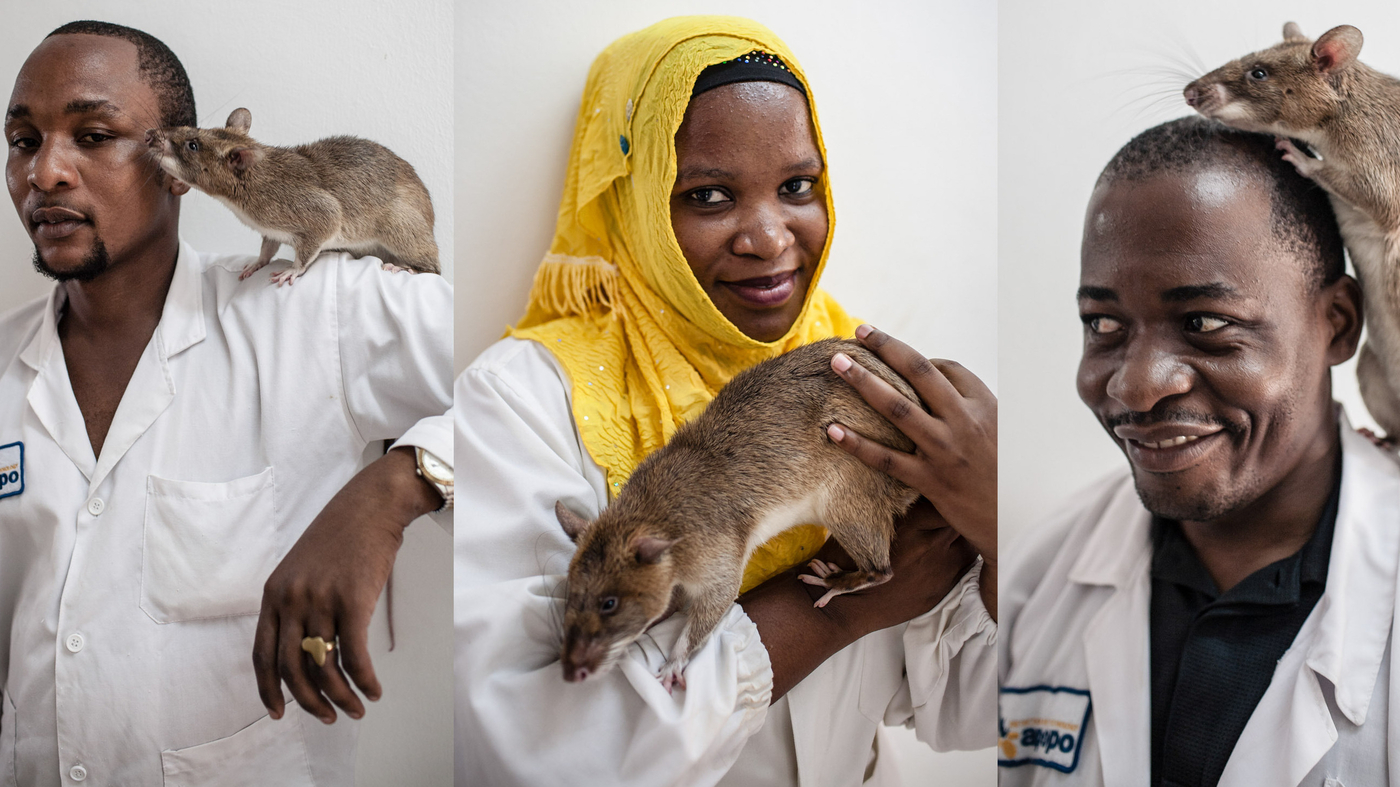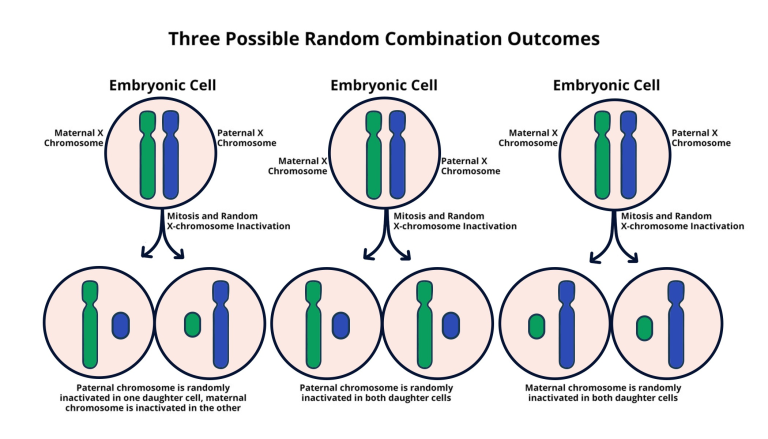Exploring the benefits of rat watching can unveil incredible insights into social behavior, particularly in humans. By employing cutting-edge AI methods for social behavior analysis, researchers are unlocking the secrets of how animals communicate, enriching our understanding of conditions like autism. This innovative approach, leveraging machine learning in animal behavior studies, offers a detailed look into the complex body language of rats, which mirrors social interactions in humans. With these advancements, we can better analyze the impact of body language on behavior, laying the groundwork for future autism research and treatment strategies. As the relationship between social behavior in rats and human social dynamics becomes clearer, rat watching proves to be not just an observational pastime but a key to advancing scientific knowledge.
Observing rat interactions presents a unique opportunity to delve into the intricacies of animal social dynamics, shedding light on the broader implications for human behavior. By leveraging advanced technologies in behavioral analysis, scientists are uncovering the nuances of how these intelligent creatures establish connections and communicate through gestures and movements. Such studies not only enhance our comprehension of social behavior across species but also pave the way for crucial research into developmental disorders like autism. Understanding the parallels between rodent and human social interactions can lead to new methodologies in studying and treating issues related to social cognition. The exploration of social behavior through the lens of rats highlights the importance of interdisciplinary approaches in behavioral science.
Understanding Social Behavior Through Rat Watching
The study of rat behavior yields significant insights into social patterns and interactions that can parallel human behavior. Rats, being inherently social animals, demonstrate communication through body language, mirroring the complex social cues often found in humans. Researchers like Bence P. Ölveczky emphasize that observing these behaviors allows scientists to uncover underlying principles governing social interaction. The discoveries made through rat watching can illuminate the mechanisms of social behavior, not only in rodents but also in understanding human conditions like autism.
In this context, the AI-driven methodology enhances traditional observational studies, providing a data-rich foundation for analyzing interactions. By tracking over 110 million 3D poses of rats, researchers can explore the nuances of social engagement, including mimicry and body language cues. This level of detail enables a more comprehensive understanding of social dynamics, suggesting that rat watching is not just an academic exercise, but a window into the complexities of behavioral science.
Rat Watching Benefits: Insights into Autism Research
The implications of studying rat behavior extend beyond curiosity; they hold potential benefits for autism research. Utilizing an innovative AI method, researchers can evaluate how variations in genetic makeup affect social interactions in rat models. This approach provides valuable insights into how similar genetic profiles might influence human social behavior, especially in individuals on the autism spectrum. By using genetically modified rats, scientists can witness firsthand the changes in communication and social engagement linked to specific genetic alterations.
By examining such interactions, researchers hope to draw parallels and deepen the understanding of autism—highlighting the spectrum of behaviors that surface among both rats and affected humans. This comparison can help inform therapeutic approaches and provide a clearer picture of how social behavior is shaped by both genetics and environmental factors. With each new finding, the bidirectional understanding of human and animal social behaviors becomes increasingly enriched.
Machine Learning Advancements in Animal Behavior Studies
The introduction of machine learning into the study of animal behavior marks a transformative shift in research methodologies. This groundbreaking technology allows researchers to analyze vast amounts of data swiftly, significantly reducing the time and human effort traditionally required to observe and quantify animal interactions. For example, the capacity to track 110 million 3D poses provides a meticulous overview of the intricacies of rat behavior that was previously unattainable with human observation alone.
As machine learning techniques continue to evolve, they invite a deeper investigation into critical questions about how social gestures are processed in the brain. This advancement fosters a more comprehensive understanding of the biological underpinnings of behavior, potentially leading to novel therapeutic strategies for social disorders in both rats and humans. The ability to dissect and interpret the metrics of animal behavior through AI methodology enhances the field of behavioral science, paving the way for future innovations.
The Impact of Body Language on Behavior in Rats and Beyond
Body language serves as a critical component in communication among social species, including both rats and humans. In rats, subtle movements and physical interactions can convey complex social messages that influence group dynamics. Understanding these gestures is essential for deciphering how social hierarchies are established and maintained within rat colonies. Oilveczky’s research illustrates that such body language parallels human interactions, suggesting that studying rat behavior can yield insights applicable to our own social frameworks.
The implications extend to various domains of psychological research, particularly in addressing communication deficits associated with autism. By analyzing how body language impacts interaction among rats, researchers gain valuable data that could explain similar behaviors in humans on the autism spectrum, where communication may be atypical. This connection underscores the importance of understanding non-verbal cues in both animal and human social settings, enriching our grasp of social behavior across species.
Potential Therapeutic Approaches Informed by Rat Behavior Studies
The research on rat social behaviors sheds light on potential therapeutic approaches for social disorders. With each examination of social preference and interaction patterns in rats, insights arise that could guide strategies for helping individuals with autism navigate social situations more effectively. By identifying specific neural circuits responsible for behaviors altered by genetic mutations, scientists can begin to envision targeted interventions that may alleviate some social challenges.
As findings evolve, the prospect of developing therapies that are informed by rugged observational data, gleaned from advanced technologies, becomes increasingly feasible. The goal is not only to create treatments that address symptoms but also to foster new ways for individuals to engage meaningfully within their communities. Rat behavior studies offer a fascinating preview of how advancements in science can translate into real-world benefits, illustrating the potential to improve lives through cross-species research.
The Role of Advanced Technology in Behavioral Research
Advanced technology plays a pivotal role in shaping the landscape of behavioral research, particularly through initiatives like the newly developed AI methodology for studying rat interactions. This innovative approach allows researchers to bypass traditional limitations of manual observation, instead harnessing machine learning to quantify behaviors with unprecedented accuracy. The ability to capture a vast array of data efficiently enables deeper investigations into how social behaviors manifest and evolve over time.
Moreover, the integration of technology into behavioral studies promotes a collaborative research environment. By providing access to large datasets and findings, researchers from different disciplines can engage and refine their models of social behavior. This ongoing dialogue is likely to spur new research questions and methodologies, fostering a more holistic understanding of both animal behavior and its implications for human psychological health.
Connecting Social Dynamics: Rats as Models for Understanding Humans
Rats often serve as ideal models for exploring the intricacies of social dynamics, reflecting elements of human behavior in a controlled experimental context. By studying how rats interact, researchers can pinpoint the nuances of social learning, cultural transmission, and behavioral adaptations in reactions to peers. The similarities between rat and human social structures allow scientists to generalize findings in ways that provide vital insights into communal behaviors across species.
Additionally, the exploration of social behavior in rats fosters a greater appreciation for the complexity of interaction and communication. Understanding these dynamics could illuminate pathways to enhance social skills and comprehension in individuals who experience social difficulties. As we uncover fundamental behaviors in our rodent counterparts, we build a foundation for addressing similar issues in human cognitive and social development.
Future Directions in Autism Research Using Rat Behavior Studies
The horizon of autism research is broadening with the potential findings that emerge from studying rat behavior and social dynamics. By delving into the genetic components and observing behavioral variations, researchers are poised to uncover significant relationships that could transform our understanding of autism spectrum disorders. The ability to model certain aspects of human behavior in rats opens avenues for experimentation and intervention that could bridge gaps in current research.
Ongoing investigations aim to explore how specific behaviors correlate with genetic manipulations in rat models. This research trend not only informs scientific practice but also promotes a multidisciplinary approach toward brain-behavior relationships. Future breakthroughs could lead to improved diagnostic criteria and therapeutic interventions tailored to varying needs of individuals on the autism spectrum, reinforcing the importance of rat studies in understanding complex human conditions.
Collaborative Efforts to Enhance Behavioral Models
The collaborative nature of modern research is a driving force behind advancements in behavioral science. By pooling resources, knowledge, and data, researchers can develop more holistic models of social interactions. The initiative to share behavioral data derived from rat observations and machine learning analyses allows for a richer context and a broader understanding of how social behaviors are interlinked. Collaborative efforts span across biology, psychology, and data science, which are essential for tackling complex questions about behavior.
As researchers engage with shared datasets, they can enrich their studies and devise new experimental designs that push the boundaries of traditional paradigms. The enhanced cooperation across disciplines not only accelerates knowledge acquisition but also cultivates innovation in developing theoretical frameworks that apply to behavioral science, particularly in understanding social behaviors in both animals and humans.
Frequently Asked Questions
What are the benefits of rat watching in understanding social behavior?
Rat watching offers significant benefits in understanding social behavior due to the complex interactions that these social creatures exhibit. By observing their body language and social cues, researchers can draw parallels to human social behaviors, which may aid in understanding related conditions like autism. New machine learning methods enhance this research by providing detailed analytics of rat interactions.
How does rat watching contribute to autism research?
Rat watching plays a crucial role in autism research by utilizing genetically modified rats to study variations in social behavior related to autism spectrum disorders. This method allows scientists to observe how specific genetic alterations can impact social interactions, thereby providing insights that could inform potential therapies for autism.
What role does AI play in enhancing the study of rat social behavior?
AI significantly enhances the study of rat social behavior by allowing researchers to process vast amounts of video data and extract over 110 million 3D poses of rat movements. This innovative approach surpasses traditional observation methods, leading to more rigorous analysis of body language and social interactions among rats.
What insights can be gained from analyzing body language in rat behavior?
Analyzing body language in rat behavior provides insights into the nuances of social interactions that mirror human communication. Understanding these behaviors helps researchers identify patterns and potential genetic influences on social behavior, particularly in studies relating to disorders like autism.
What methods are used to quantify rat social interactions?
Researchers employ advanced machine learning techniques to quantify rat social interactions. These methods involve capturing and analyzing detailed movement data, replacing subjective human observations with rigorous, reproducible measurements of how rats engage with one another.
How can studying rat social behavior lead to new therapies for autism?
Studying rat social behavior can lead to new therapies for autism by identifying the specific brain circuits responsible for behavioral differences linked to genetic factors. Insights derived from rat models can inspire innovative therapeutic approaches that target the mechanisms underlying social challenges in individuals with autism.
What future research directions are being explored in rat watching for social behavior?
Future research directions in rat watching for social behavior include exploring different brain regions that process social gestures and testing how genetic variations affect behavior. The ongoing collection and sharing of movement data aims to engage the scientific community in developing more comprehensive models of social behavior.
| Key Points |
|---|
| A new AI method tracks rat social behavior to study brain-behavior links, with potential implications for autism. |
| The method captures detailed movements, leading to insights on rat interactions and social behavior dynamics. |
| Machine learning now replaces manual observation, processing over 110 million 3D poses from rat videos. |
| The research explores how genetic modifications in rats parallel autism-related social behavior differences in humans. |
| Results and data from the study will be shared with the research community to further explore social behavior models. |
Summary
Rat watching benefits extend beyond mere observation, offering substantial insights into social behavior and brain function. By leveraging advanced AI methodologies for tracking and analyzing rat interactions, researchers can better understand the neural underpinnings of social engagement and its relevance to conditions like autism. This innovative approach promises to shed light on the complex interplay between genetics and behavior, opening avenues for enhanced therapeutic strategies.





